



















Kyle Smith President




As summer settles in and the 2025 growing season picks up steam, I want to take a moment to thank the people who make Smith Fertilizer & Grain what it is— our dedicated employees, our loyal customers, and the families and communities we proudly serve across South Central Iowa.
This season has gotten off to a strong start. Our teams across agronomy, feed, grain, and road maintenance have been hard at work whether it’s applying fertilizer, helping producers plan nutrition programs, prepping for the next round of dust control, or keeping a sharp eye on the grain markets. Behind every acre treated, every ton delivered, and every load hauled is a committed group of people working to ensure your operation succeeds. That’s something we don’t take for granted.
As we head into the 4th of July holiday, we’re reminded of the freedoms and opportunities we enjoy in this country many of which are built on the values of hard work, community, and independence that define rural America. We extend our deepest thanks to the men and women of our armed forces, past and present, for protecting those freedoms every day.
On behalf of all of us at SFG, I wish you and your family a safe, joyful, and well-deserved holiday.











and soybeans. Even with current economics, fungicides have been shown to have a good return on investment. Our test strips last year showed 10+ bushels per acre on corn. We need about 10 bushels to pay for the fungicides, so everything over that is money in your pocket.



The 2025 growing season is finally getting into the heat of summer and corn has really taken off. Early planted corn may be tassled by the 4th of July if we continue to progress the way we have over the last couple of weeks.
So far, weather has generally been cooperative. We’ve had some hot days, but timely rains have allowed the corn to handle it well. A dryer June generally means corn can root down better and be able to handle dry conditions later in the summer. We still have a lot of growing yet to do, but as it sits currently, we are well on the way to another successful crop in 2025.
A few early season items that have been working well this year are foliar products. Supplementing with foliar products gives roots time to reach out for nutrients in the soil.
We have also had success this year with a plant growth regulator called Radiate. Radiate stimulates root hair growth and plant vigor, reducing stress in the plants. An observation I have had this year was that post-application on soybeans seemed to have less burn this year than in the past. I can’t say for sure if using Radiate had a direct effect, but it looks that way.
Other foliar products that have gained popularity are ones revolving around nitrogen and potassium in soybeans. As we know, soybeans require more potassium for each bushel than corn. Foliar feeding is a good option if dry fertilizer is not used before crop emergence. Higher yield crops require more nutrients and in-season applications.
Over the next month we will be applying fungicide on both corn
In almost every case fungicide helps improve standability and slows dry-down. Selling 14% corn is a lot better than 12% corn. Especially when that corn is still standing in the field because of a fungicide application.
We have not had much for starting disease yet, but we know the tar spot inoculum is in all our fields and will likely show up again. If we see seven hours or more of leaf wetness, tar spot will show up.
If you have any questions or concerns or want to try fungicides, do not hesitate to contact your SFG Agronomist. We’re here to help retain as much yield potential as possible.
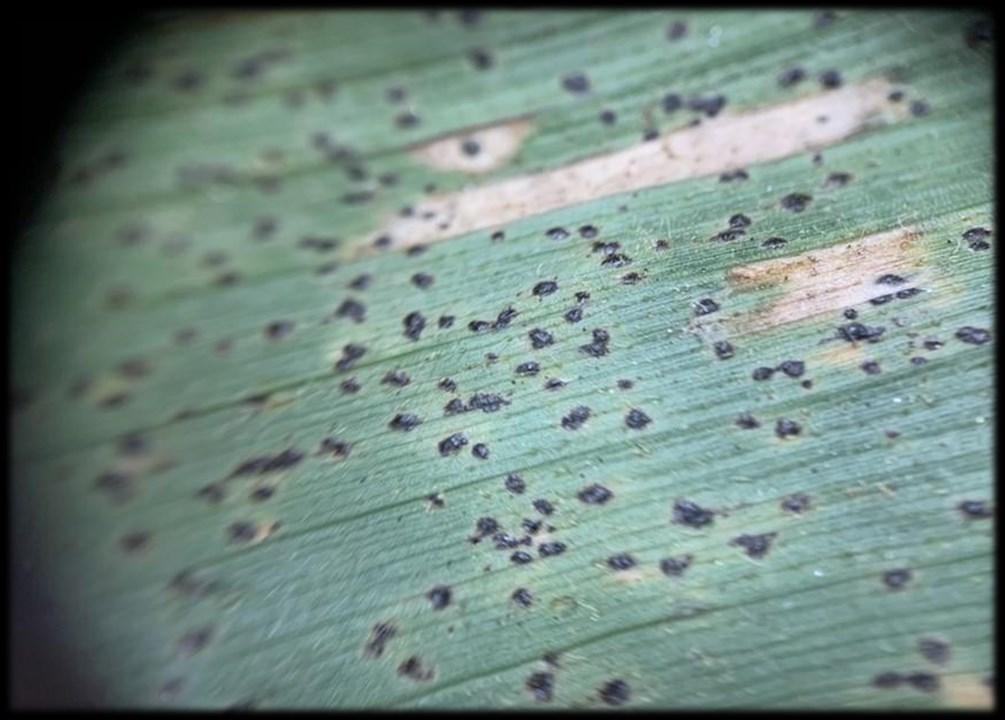
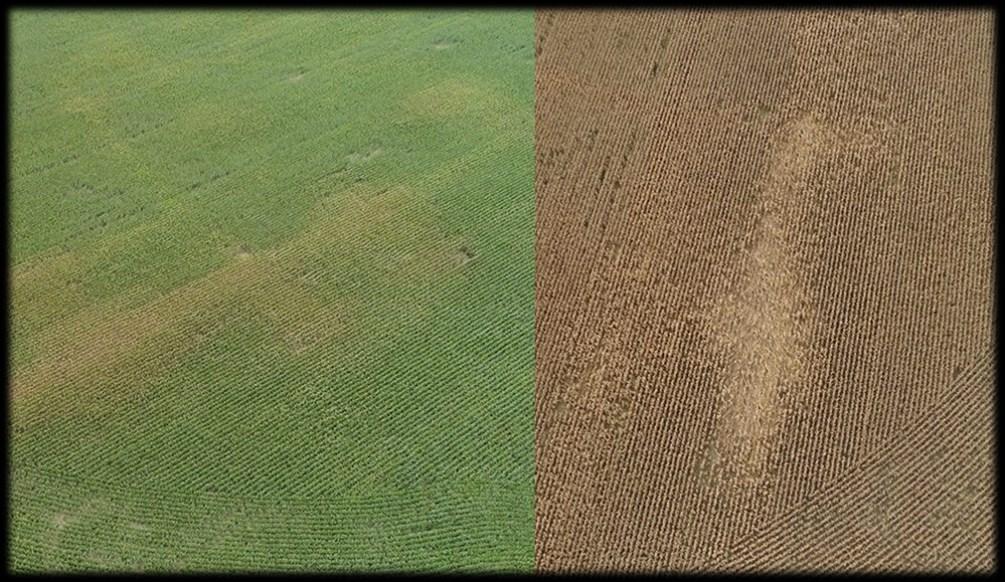












Spring 2025 weather did not disappoint farmers in the Northwest territory. We had a few warm days early on, followed by many cool, dry days to work in. We had warm days that provided excellent corn growing weather, then another cool snap followed by several warm days as of late.
Due to the warm days and cool nights, many cornfields in our territory experienced rapid growth syndrome. This is caused by the cool weather slowing metabolism in corn plants. However, these fields have outgrown it and now look exceptionally good.
Many pre-plant chemical programs worked well in our area, given the lack of rainfall at that time. Post-applied corn and soybean chemicals with residual appear to be giving us excellent control. Most programs have many more weeks left.
Early-season Spring weather patterns have left us set up for a year in which fungicide and insecticide will benefit crop yields. Given timely and sufficient rainfall, crops have the potential for incredible yields this year. I understand that markets may not be as high as many would like to see, but we must continue to take care of our crop to maximize yields.
Give us a call today to see how we can help protect your crop and maximize your yield.








Greg Willer Northeast District Agronomy Sales


So far, the crops are all looking pretty good in this area. Chemical applications on corn are all but wrapped up. I suspect that by the end of next week chemical applications on beans will be close to done also.
I have started to get some questions about fungicide applications on corn and beans. I believe that every acre of beans needs to be covered with fungicide. I would recommend using Priaxor at the R2 to R4 growth stage. We have consistently seen an increase in bushels every year from it. Yes, fungicide can make the beans a little tougher to cut, but the ROI is there to make it worth it.
On the other hand, corn can be a little different. Different hybrids give different results with fungicide. Your racehorse type hybrids seem to give the best ROI when a fungicide is applied. Some of the work horse hybrids still see a yield increase but sometimes it doesn’t pencil out.
I have not seen many diseases in corn yet but that doesn’t mean they aren’t coming. Tar spot has been an increasing problem in our area over the last few years. Fields that were left untreated saw a big yield drag. If you start to see tar spot you may be already too late. If you have a field with a history of tar spot it may be in your best interest to spray the field to get ahead of it.
Just because the chemical applications are done doesn’t mean it is time to stop looking at your fields. SFG has field scouts and agronomists who will be happy to look at your fields and give you a fungicide recommendation. Give us a call today to see how we can boost your yields and increase your bottom line!
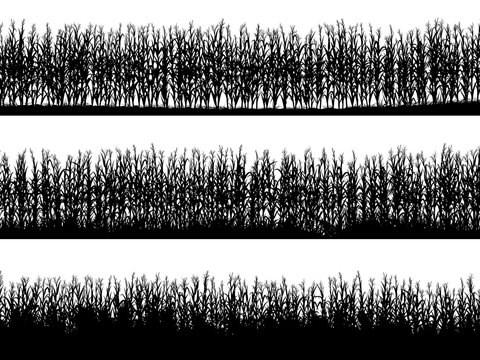













Planting has wrapped up in my area and favorable weather has allowed us to get our post-spray corn applications finished up. Moving ahead into summer, crops overall in my area look very good.
So far, we have had timely rains to keep things growing and residual chemistries working. With corn and soybeans starting to get rows shaded, we are looking ahead to fungicide applications. Our hay producers in the area have also been enjoying the window we have had for getting their crops put up. We have been busy spreading fertilizer on those hayfields as well as wrapping up sidedress on corn.
As we get further into summer, it’s a good time to look at our fields and start to evaluate pollination, ear counts, and any late season disease issues we have had. There is a lot of growing left to go. So far, we have a strong foundation for a good crop this year. Let’s work to keep it strong past the finish line.
As always, if you have any questions or would like to look at some fields throughout the season, give your local SFG agronomist a call.









Charles Smith Agronomy Operations Manager



Once again, spring is done and we are ready for summer. Spring went very well for us. We started applying Nh3 in the middle of March and we really didn’t have any rain delays. By the middle of April most of the Nh3 was done and we went into full spring planting and pre-chemical application. Here it is the last part of June and most of the crops’ second pass spraying is completed.
Next, we will plan fungicide applications. This will start happening for corn as soon as you see it tasseling, and beans will be right behind. By the end of July, fungicide applications should be completed.
Soon we will have most of our application equipment put away, and we’ll be working on Nh3 bars and wagons for fall. It won’t be long before we are talking about harvest. As of today, it looks like we are going to grow another bumper crop!
Be sure to give us a call for any agronomy questions or needs!















Summertime is here and that means it is time for hot, humid weather and fescue. Many of us have seen our cows standing in ponds or looking miserable because of the combination of hot weather and fescue toxicity. Fescue toxicity is caused by a fungal endophyte that causes vasoconstriction, a restriction of blood flow. This leads to problems such as heat stress, rough hair coat, loss of tail switch, feet issues, reproductive issues, low fertility, and low milk production.
We have several options that can help prevent these issues. Capersin is a product that is fed in mineral and can help to cool the body temperature of the animal:
Capersin – This product does not remove or treat the toxin in the body but has been shown to help greatly with the heat stress.
FEB 200 – This is an Alltech product that can be found in Hubbard minerals, and it works by binding and removing the toxin from the cow.
Red Clover – This can be found in some fescue minerals and uses isoflavones to dilate blood vessels and counteract vasoconstriction caused by fescue.
These are just a few options that are available and can be found in Hubbard or Kent minerals. There are options to put these products into tubs as well. We can pair them with fly control or other medications to keep cattle healthy and comfortable all summer long.
Contact us today or stop into any of our locations and ask about these products and how they can fit into your operation!









Starting July 1st, Smiths will be offering a new mineral and tub pricing contract program designed to help you lock in savings and ensure your herd’s nutritional needs are covered through the fall and winter months. Producers who plan ahead can take advantage of valuable discounts on both mineral (per ton) and tub products by enrolling in this early-order contract. Now is the time to start thinking about what you’ll need from fall through December. By securing product in advance, you can benefit from better pricing and avoid seasonal shortages.
We’re also excited to share new information on fly and tick control. Recent studies show that incorporating garlic into mineral products can be just as effective as Altosid, an insect growth regulator, in reducing fly populations. Continuing fly control minerals through September is critical to eliminating the last large fly hatch of the season and reducing larval carryover into next year. Effective fly control now means fewer pest problems later.
As we approach pre-harvest, it’s also a good time to evaluate your protein supplement needs for cows grazing corn stalks. Protein tubs offer an efficient way to maintain cow condition and performance through the colder months. Winter planning should include gestation minerals as well. SFG continues to offer the trusted Hubbard and Kent mineral lines and is introducing a new gestation mineral option that delivers strong nutritional value at a more budget-friendly price. For those looking to enhance nutrition even further, chelated trace mineral options are also available.
(Continued on page 7)

(Continued from page 6)
It’s also important to remember deworming as cattle come off summer pasture. Deworming now helps maintain herd health and productivity going into winter.
Finally, we want to remind customers that once our current inventory of steel Crystalyx tubs is sold out, all tub products will be transitioning to a 250-pound plastic container. Be sure to plan accordingly as inventory shifts.
For more information or to set up your fall contract, contact the team at Smiths. We’re here to help you prepare now for a smoother, more productive season ahead.
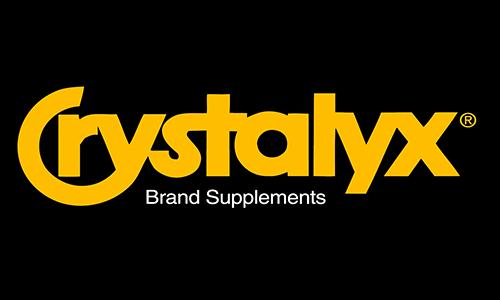
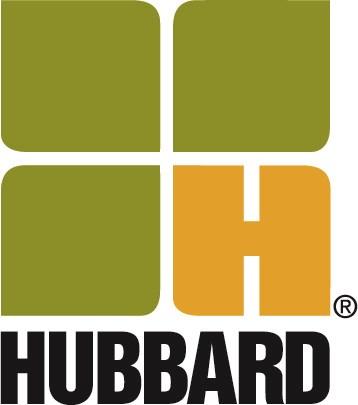
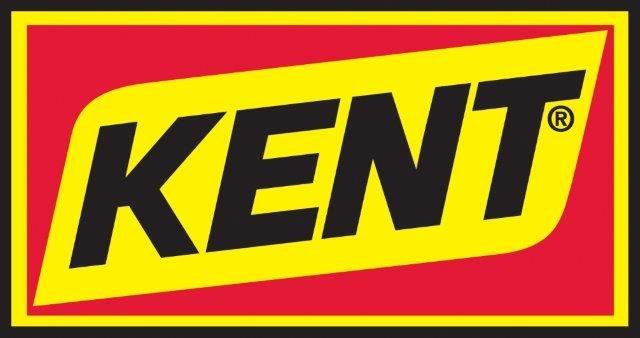









The Road Maintenance team has finished up the first round of dust control for 2025. Due to some unexpected setbacks, it has taken us longer than expected to wrap up and we appreciate everyone’s patience.
We are currently working on putting together route maps for the second round of dust control work. These applications will start mid -July. Warren and Jasper County residents still have time to sign up, but for all other counties the deadlines have passed.
Once we finish up the dust control season, Steve and I will be hitting the road to discuss the benefits of using the power of beets to melt snow and ice. As I am writing this, the weather channel is talking about ninety-plus temps with a heat index in the triple digits. It’s hard to believe that municipalities are working on acquiring rock salt and liquid deicers for the upcoming winter! Now is the time to fill those salt sheds and liquid tanks with Beet 55, Beet 55 Plus, Cal Plus, and Beet Salt.
Give the SFG Road Maintenance team a call if you have deicing or dust control questions!




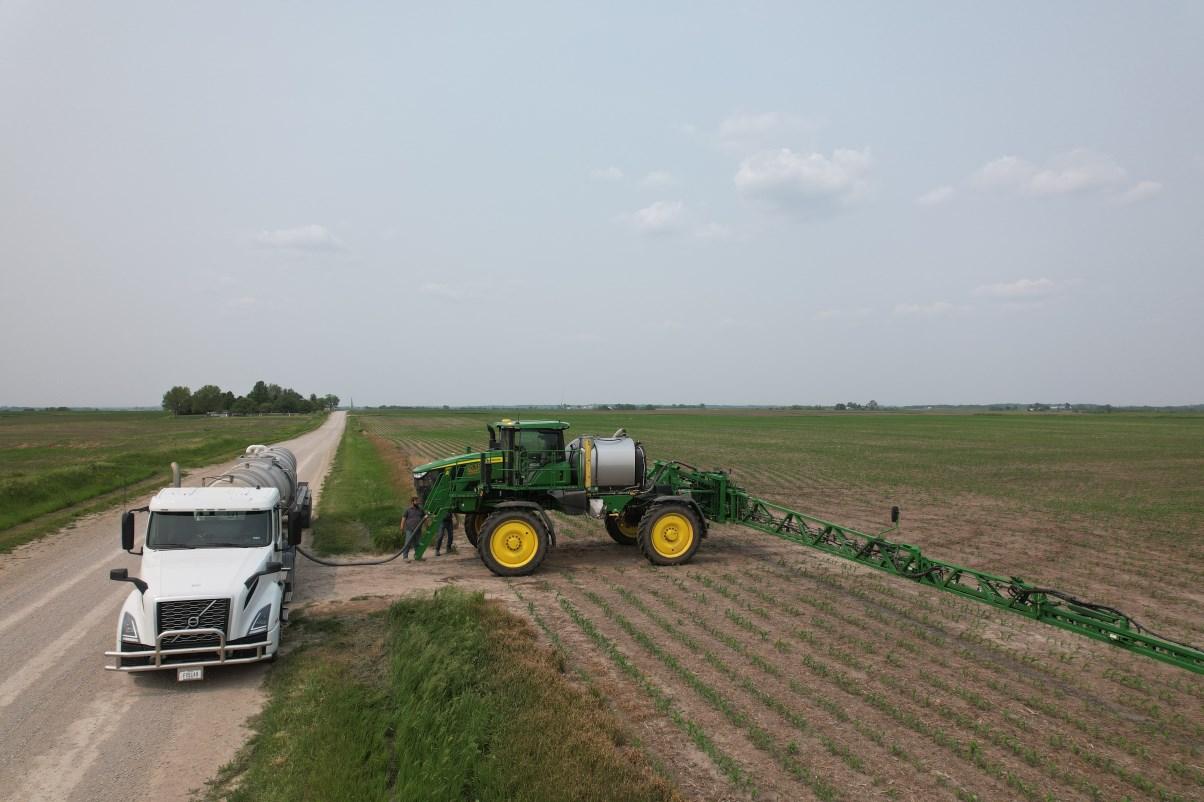

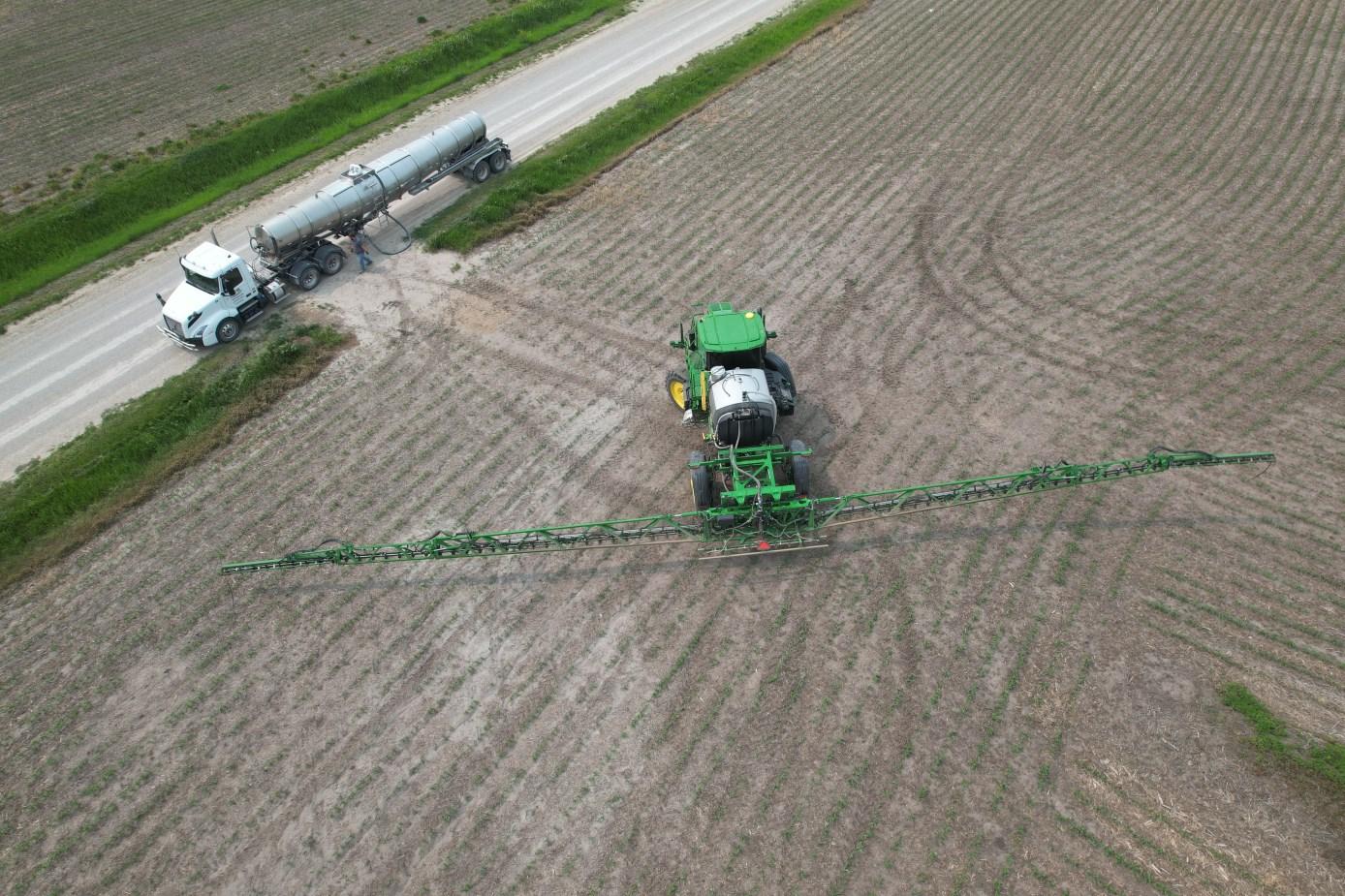
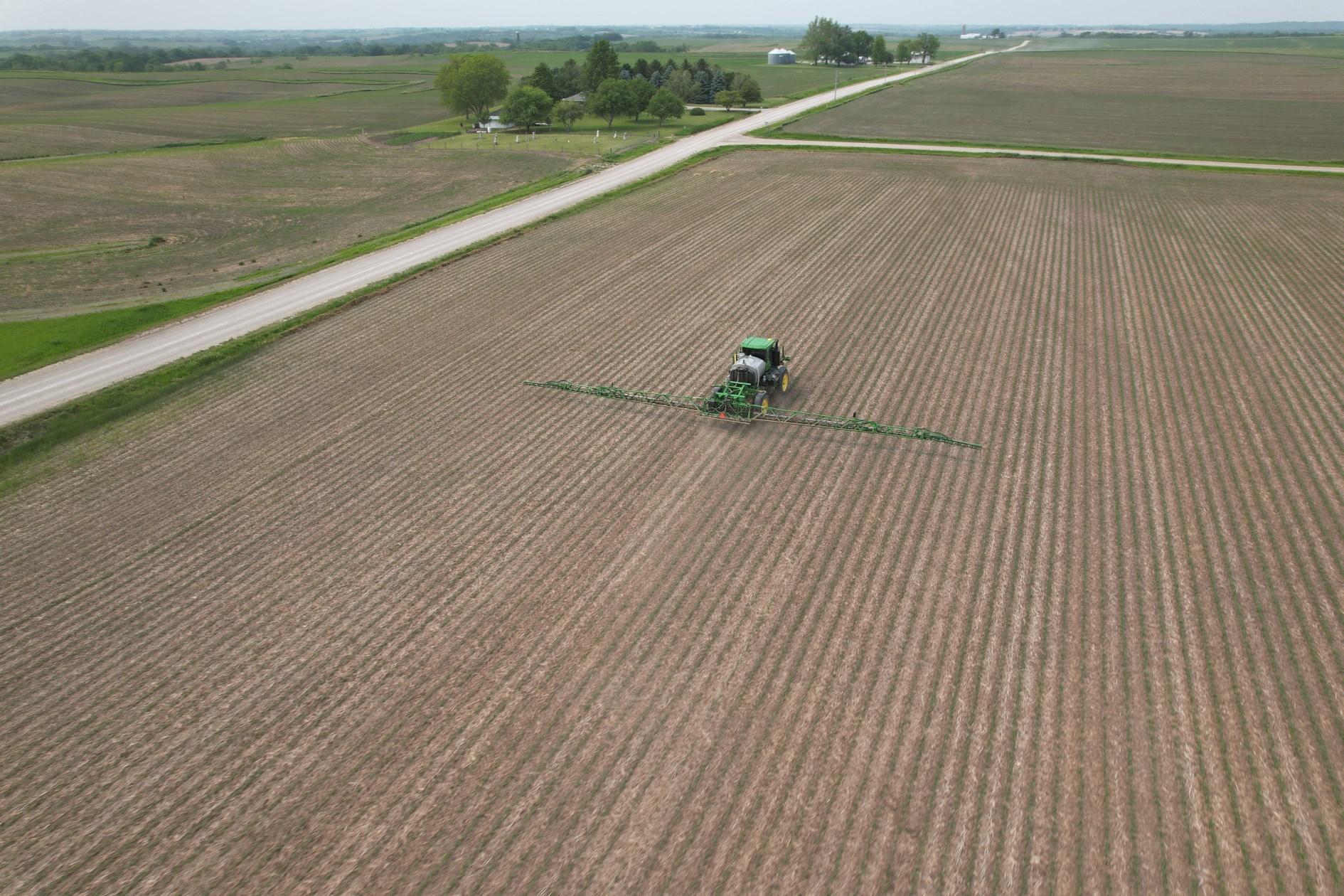





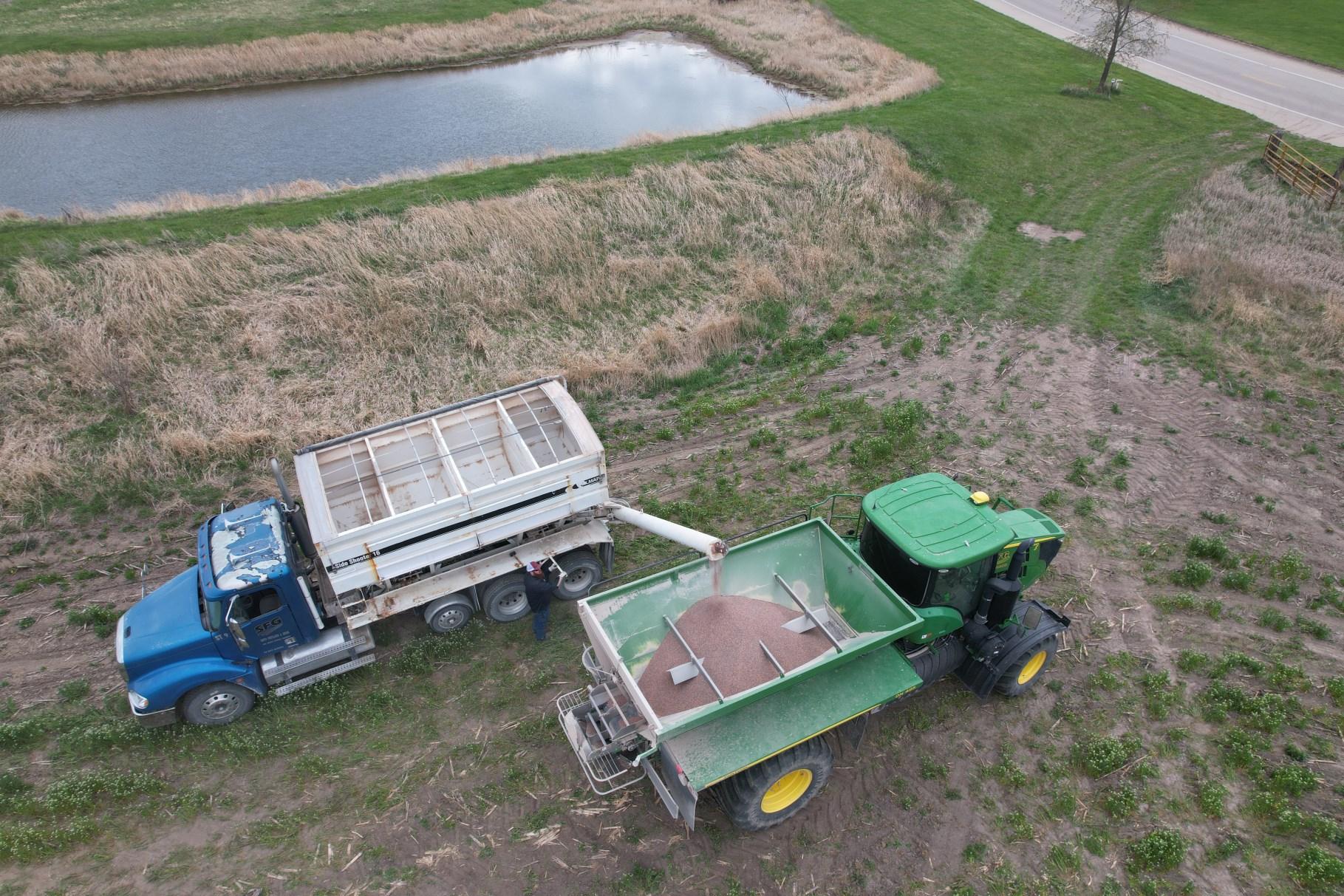


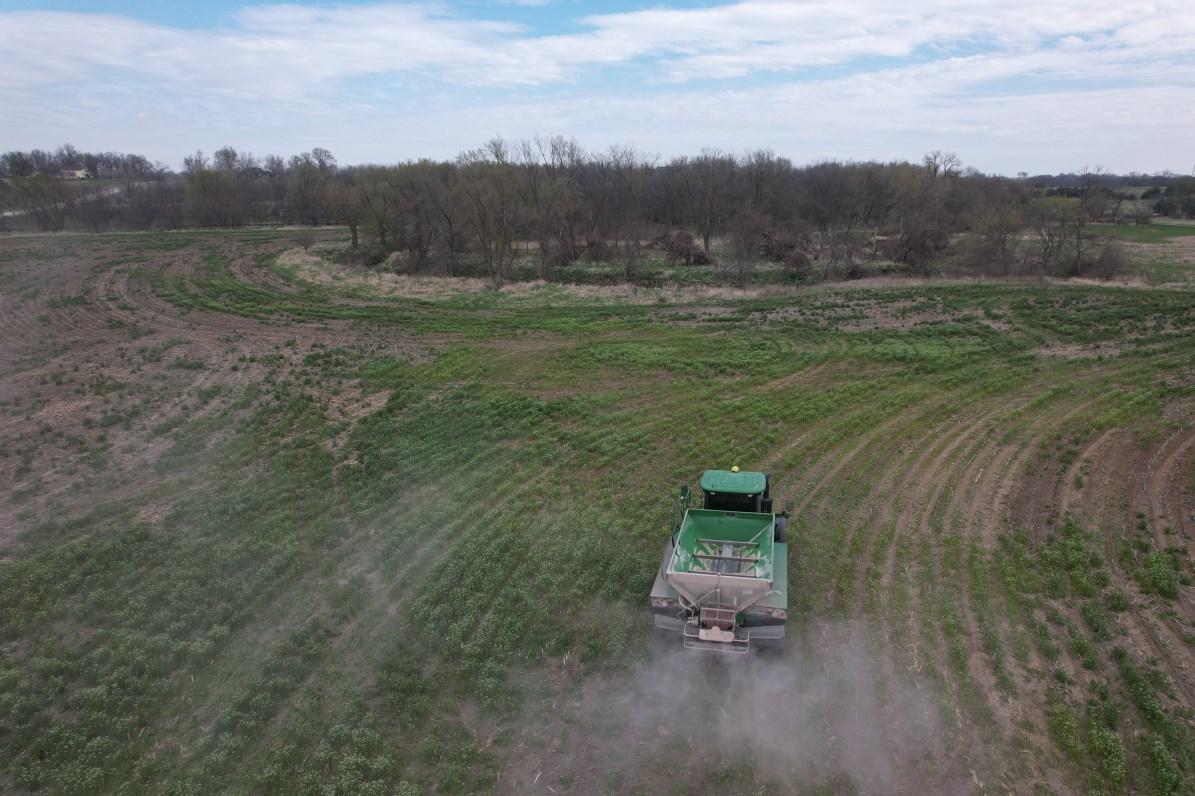
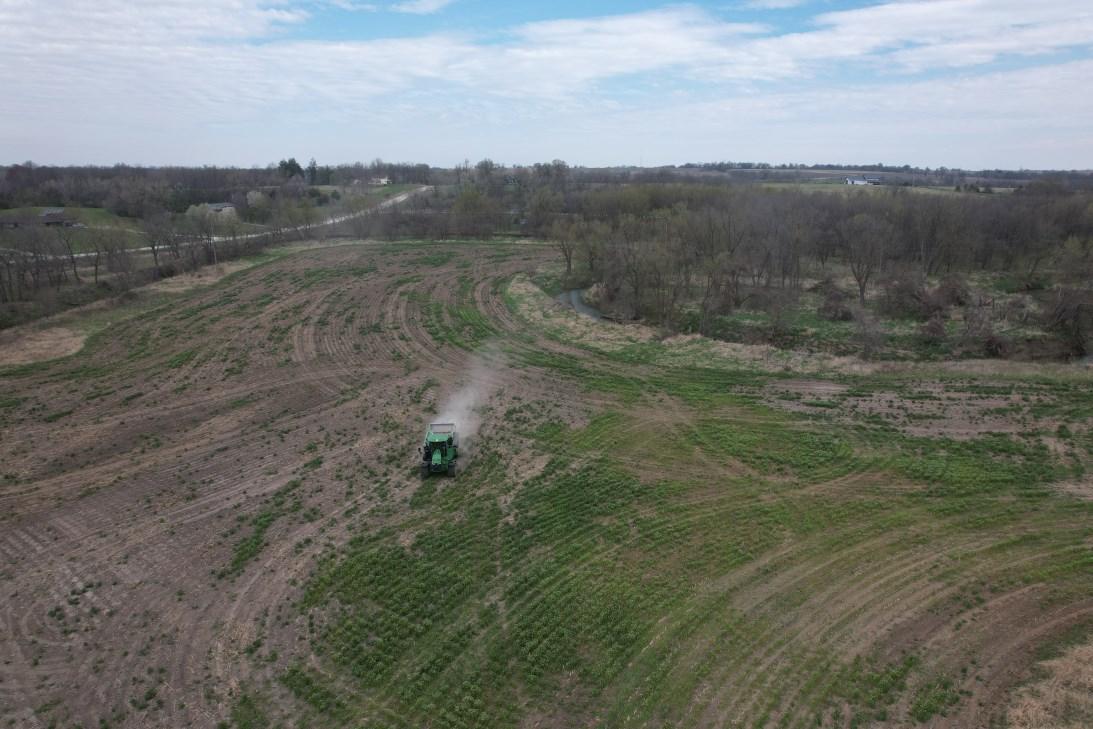




Jason Jensen, Northwest Agronomy District
JasonJ@SFGIowa.com
641-891-9323
Clark, Lucas, Western Marion, Western Polk, and Warren Counties

Greg Willer, Northeast Agronomy District
GregW@SFGIowa.com
641-891-7457
Jasper, Mahaska, Eastern Marion, Northern Monroe, Eastern Polk, and Poweshiek Counties

Mike King
Northwest Feed District
MikeK@SFGIowa.com 641-218-4232
Western Lucas, Marion, Northern Mahaska, Western Wayne, and all points North and West
Mark White, Manager Hillary Garman, Office Manager
Jason Jensen, Manager
Drey Smith, Office Manager
101 1st St Milo, IA 50166

Taylor Banks, Southern Agronomy District
TaylorB@SFGIowa.com
641-218-0286
Appanoose, Davis, Decatur, Southern Monroe, Wapello, Wayne, and all Missouri Counties

CD Brinegar Southeast Feed District
ChaseB@SFGIowa.com 641-218-4015
Monroe, Keokuk, Eastern Lucas, Southern Mahaska, Eastern Wayne, and all points South and East
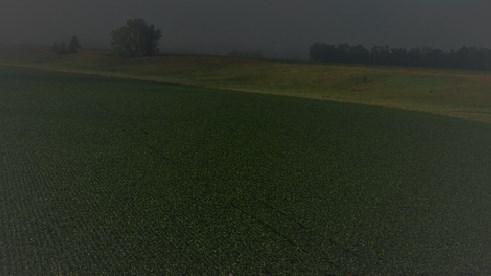
Stephen Leeds, Manager
Chad Lynch, De-icing Sales
1650 Quebec St Knoxville, IA 50138
Office: 641-942-6223 Office: 641-828-8508